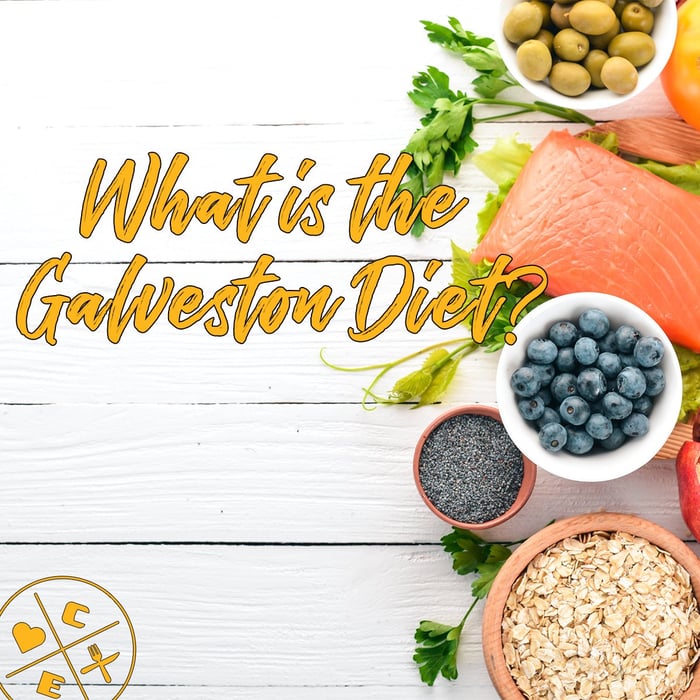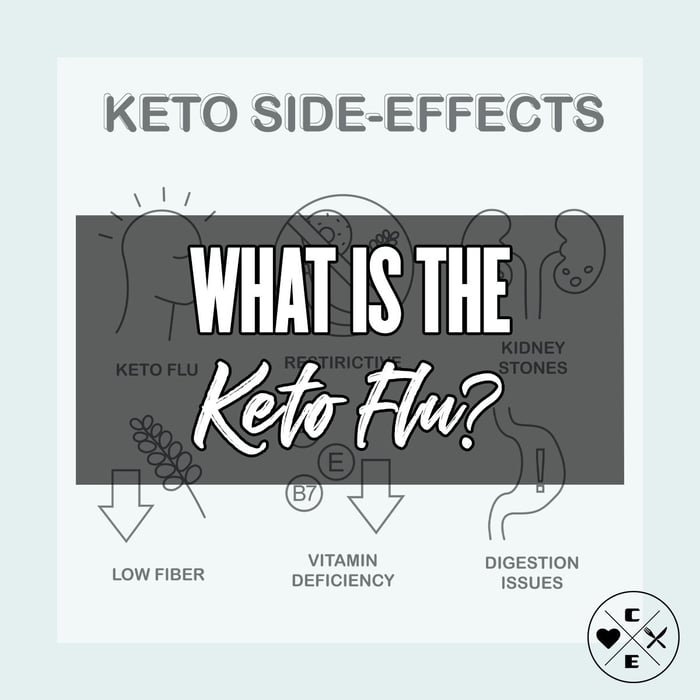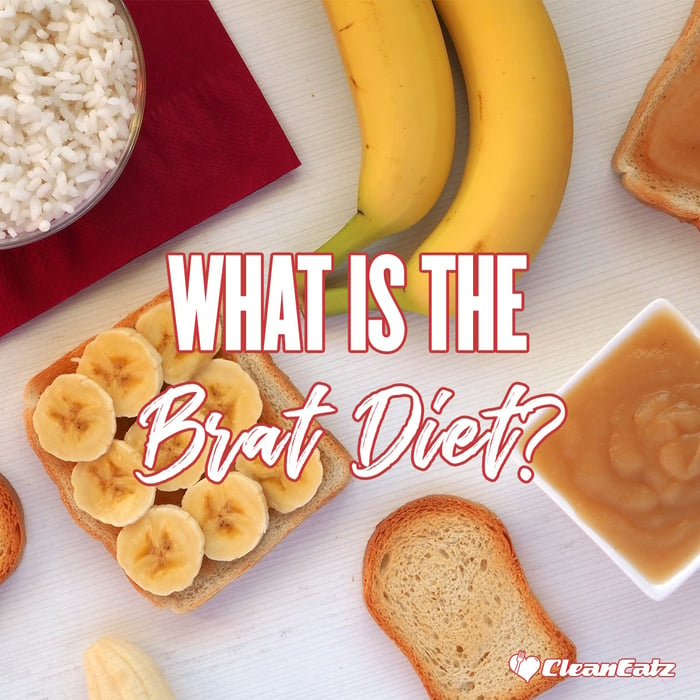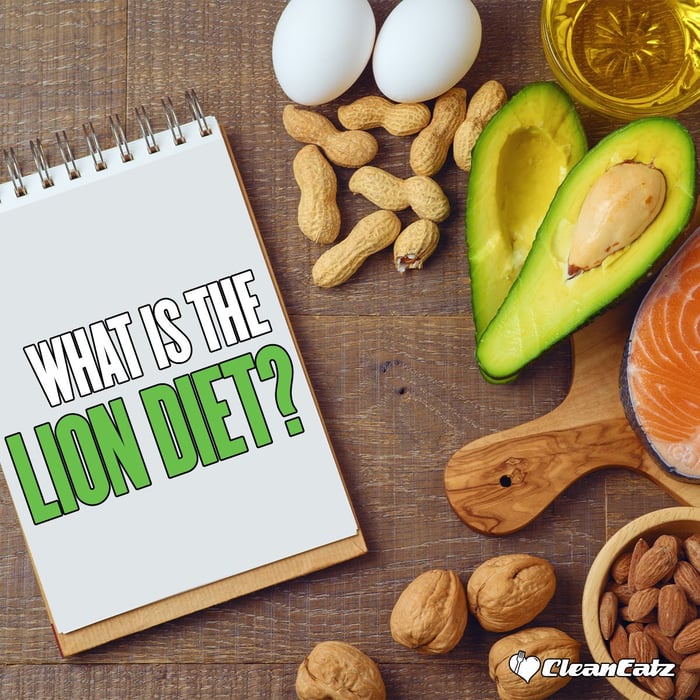TL;DR
- The Galveston Diet is a program created by OB-GYN Dr. Mary Claire Haver for women in peri/menopause that combines intermittent fasting (often 16:8), an anti-inflammatory, whole-foods pattern, and a low-carb/high-fat macro focus.
- Early phases commonly target about 70% fat / 20% protein / 10% carbs, then shift toward a more moderate maintenance split over time (e.g., 40/20/40), depending on the plan you follow.
- Evidence: There are no peer-reviewed trials specifically on the Galveston Diet yet; results largely reflect what’s known about IF, low-carb, and anti-inflammatory patterns. Consider medical history and preferences before trying.
Key Takeaways
- Who it’s for: Designed for midlife women, but anyone can use a lower-carb, whole-foods pattern if appropriate.
- What it emphasizes: Non-starchy vegetables, lean proteins, high-fiber carbs, nuts/seeds, olive oil, avocado, berries; limits added sugars, refined grains, ultra-processed foods.
- How it differs from keto: Similar starting macros but with a stronger emphasis on anti-inflammatory foods and a later shift to a less restrictive maintenance phase.
- Evidence lens: Weight-loss benefits typically come from a calorie deficit and adherence—IF and lower-carb are options to get there, not magic.
What is the Galveston Diet? The 3 pillars
- Intermittent fasting (often a daily 16:8 window).
- Anti-inflammatory nutrition (whole foods; emphasize produce, healthy fats, lean proteins).
- “Fuel Refocus” (lower carbs; relatively higher fats, especially in the early phase).
Macros & timing (at a glance)
| Phase | Fat | Protein | Carbs | Typical Eating Window |
|---|---|---|---|---|
| Early “Fuel Refocus” | ~70% | ~20% | ~10% | Often 16:8 |
| Transition (≈6 weeks+) | ~50% | ~20% | ~30% | Often 16:8 |
| Maintenance | ~40% | ~20% | ~40% | Flexible (time-restricted optional) |
Macros vary by source/version and individual goals; use these as ballpark ranges.
What to eat (and avoid)
Emphasize
- Non-starchy vegetables, leafy greens, crucifers
- Lean proteins (fish, poultry, eggs), Greek yogurt, cottage cheese
- Healthy fats (olive oil, avocado, nuts, seeds)
- Low-glycemic fruits (berries)
Limit / avoid
- Added sugars and sugary drinks
- Refined grains/flours; ultra-processed foods
- Fried foods; cured meats with nitrates/nitrites
- Some plans advise minimizing certain refined seed oils
How to start (step-by-step)
- Pick an eating window (e.g., 11 a.m.–7 p.m.). Start with 12:12 if needed; work toward 16:8.
- Build plates around non-starchy veg + protein + healthy fat; keep carbs lower initially.
- Track loosely for a week (food log or macro app) to spot hidden sugars/refined carbs.
- Prioritize protein (aim ~20–40 g/meal) for satiety and lean-mass support.
- Make it practical with pre-portioned meals/snacks so fasting doesn’t backfire later.
- Medical caveats: If you’re pregnant/breastfeeding, have diabetes, take meds with food, or have a history of disordered eating, talk to your clinician before fasting.
Pros & cons
- Pros: Clear structure (timing + food quality), emphasizes whole foods, can reduce snacking and cut refined carbs; some evidence supports IF/low-carb for weight loss and metabolic markers.
- Cons: Early macro split is restrictive for many; fasting windows don’t fit everyone; limited direct research on this specific branded plan.
Is it the same as keto?
Similar early macros (very low carb, high fat) but places more weight on anti-inflammatory foods and typically transitions to less restrictive maintenance. Many people find either approach works only if it helps maintain a calorie deficit and adherence long-term.
IF-friendly Clean Eatz Kitchen picks
- Meal Plans — pre-portioned meals make sticking to an 8-hour window easier.
- Overnight Oats — schedule as a first-window meal; add a protein side.
- Breakfast Sandwich or Protein PB&J — quick options once your window opens.
- High-protein Snacks — keep carbs modest; pair with veg.
- Nutrition Info — check macros and ingredients quickly.
Frequently asked questions
What exactly is the Galveston Diet?
A plan built around intermittent fasting, anti-inflammatory foods, and low-carb/high-fat macros—originally targeted to peri/menopausal women.
Does it work for weight loss?
It can, mostly by helping you maintain a calorie deficit and reduce refined carbs. There’s limited research on the branded plan itself; outcomes mirror what we see with IF/low-carb generally.
Is there a standard fasting window?
Many follow a 16:8 pattern (16-hour fast, 8-hour eating window), but some start with 12:12 and progress.
What do you eat?
Vegetables, lean proteins, healthy fats (olive oil, avocado, nuts), berries; limit added sugars, refined grains, ultra-processed foods, and fried foods.
How much does the program cost?
Online program offers vary (e.g., around one-time $99 options; other tiers exist). You can also follow similar principles without purchasing a program.
Who should avoid fasting?
People who are pregnant/breastfeeding, those with a history of eating disorders, some with diabetes or who take medications with food—talk to your clinician first.
Is it only for women in menopause?
No—any adult may adapt aspects of the pattern, but it was designed with midlife women in mind.




